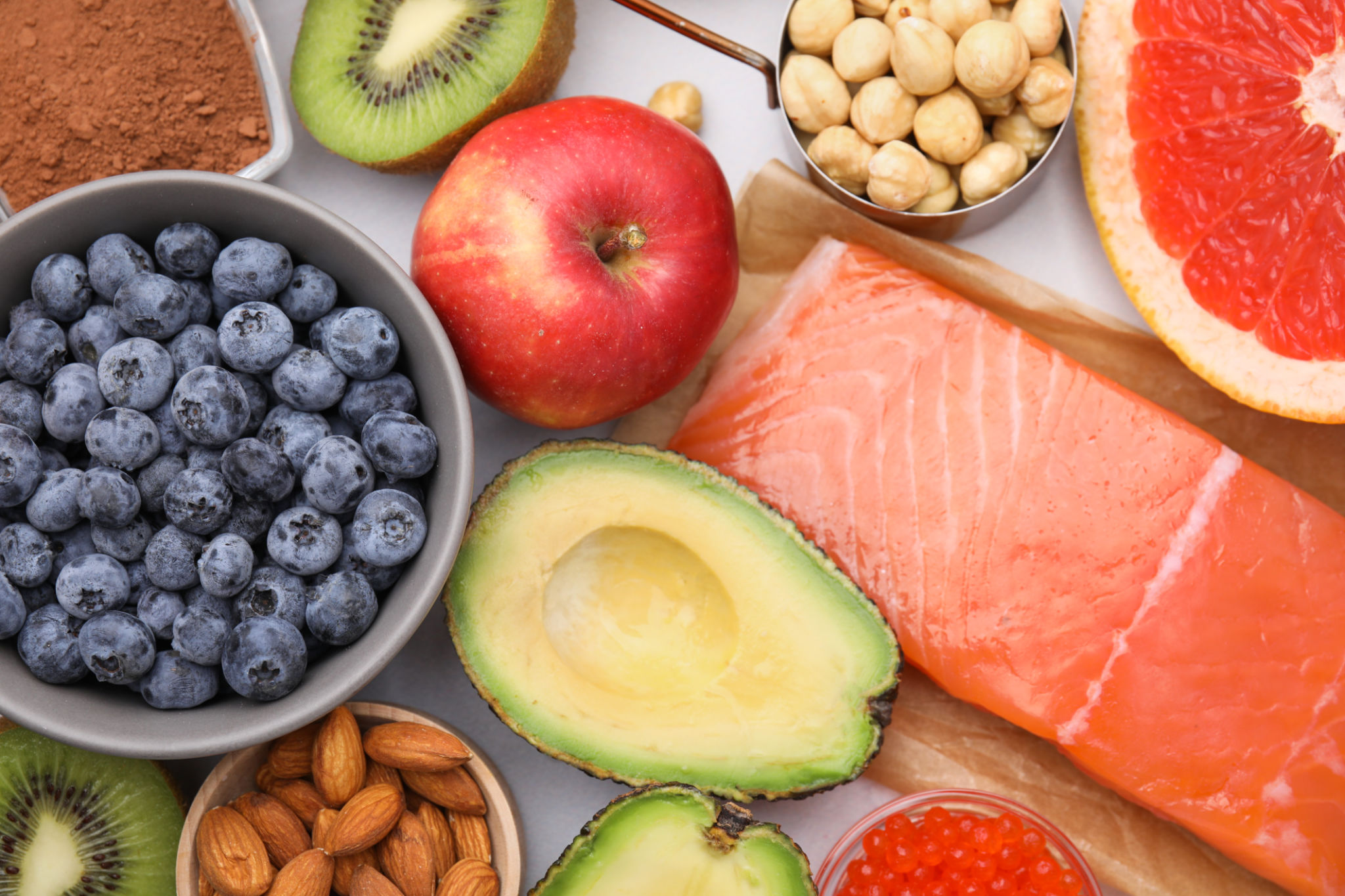Fitness and Nutrition Programs for Pain Management: A Complete Overview
Understanding the Link Between Pain and Lifestyle
The connection between our lifestyle choices and the management of chronic pain is a growing area of interest. Many individuals suffer from persistent pain due to various conditions, including arthritis, fibromyalgia, and back pain. Integrating fitness and nutrition programs into daily routines can be an effective strategy for pain management. By adopting a healthier lifestyle, individuals can potentially reduce inflammation and improve their overall quality of life.

Benefits of Fitness Programs for Pain Management
Engaging in regular physical activity can play a significant role in managing chronic pain. Exercise helps to increase the production of endorphins, the body's natural painkillers. Additionally, it enhances flexibility, strengthens muscles, and improves circulation, all of which contribute to pain reduction. It's essential to choose the right type of exercise tailored to individual needs and medical conditions.
Types of Exercises for Pain Relief
Not all exercises are suitable for everyone, especially those dealing with chronic pain. However, some low-impact activities are generally recommended:
- Yoga: Known for improving flexibility and reducing stress.
- Swimming: Offers a full-body workout with minimal joint impact.
- Walking: A simple way to stay active without straining the body.

The Role of Nutrition in Pain Management
A balanced diet is crucial for managing inflammation and supporting the body's healing processes. Certain foods are known for their anti-inflammatory properties and can help alleviate pain. Incorporating these foods into daily meals can complement fitness programs and enhance their effectiveness.
Anti-Inflammatory Foods to Include
Some foods are particularly beneficial for reducing inflammation:
- Fatty fish: Rich in omega-3 fatty acids, which are known to combat inflammation.
- Berries: Packed with antioxidants that help reduce oxidative stress.
- Leafy greens: High in vitamins and minerals that support overall health.

Creating a Personalized Fitness and Nutrition Plan
When it comes to managing pain through fitness and nutrition, personalization is key. Consulting with healthcare professionals such as physical therapists, dietitians, or personal trainers can help create a plan tailored to individual needs. This approach ensures that the program is both safe and effective, addressing specific pain-related concerns.
Tips for Staying Motivated
Sticking to a fitness and nutrition program can be challenging, especially when dealing with chronic pain. Here are some tips to stay motivated:
- Set realistic goals: Start small and gradually increase intensity.
- Track progress: Keep a journal to monitor improvements and setbacks.
- Seek support: Join support groups or find a workout buddy to stay accountable.

The Importance of Rest and Recovery
While exercise and nutrition are crucial, it's equally important to allow the body time to rest and recover. Overexertion can exacerbate pain, so listening to one's body is vital. Rest days should be integrated into any fitness plan, ensuring that the body has time to heal and rejuvenate.
Overall, integrating fitness and nutrition programs into daily life offers a holistic approach to managing chronic pain. By focusing on personalized strategies and maintaining consistency, individuals can find relief and improve their quality of life. With the right combination of exercise, diet, and rest, living with chronic pain becomes more manageable.
